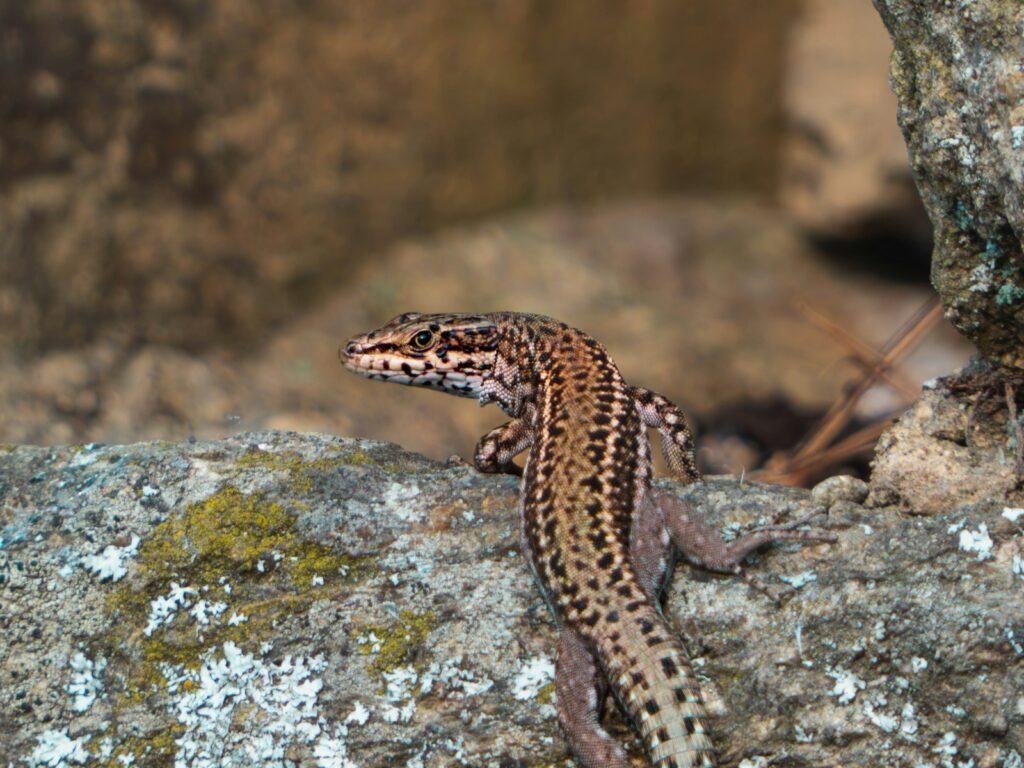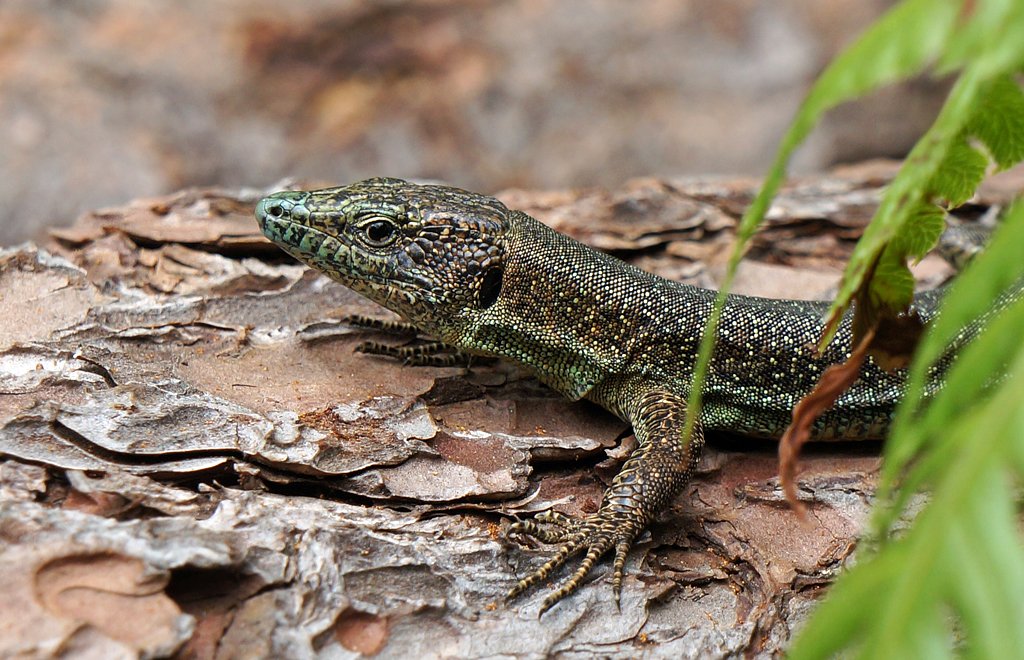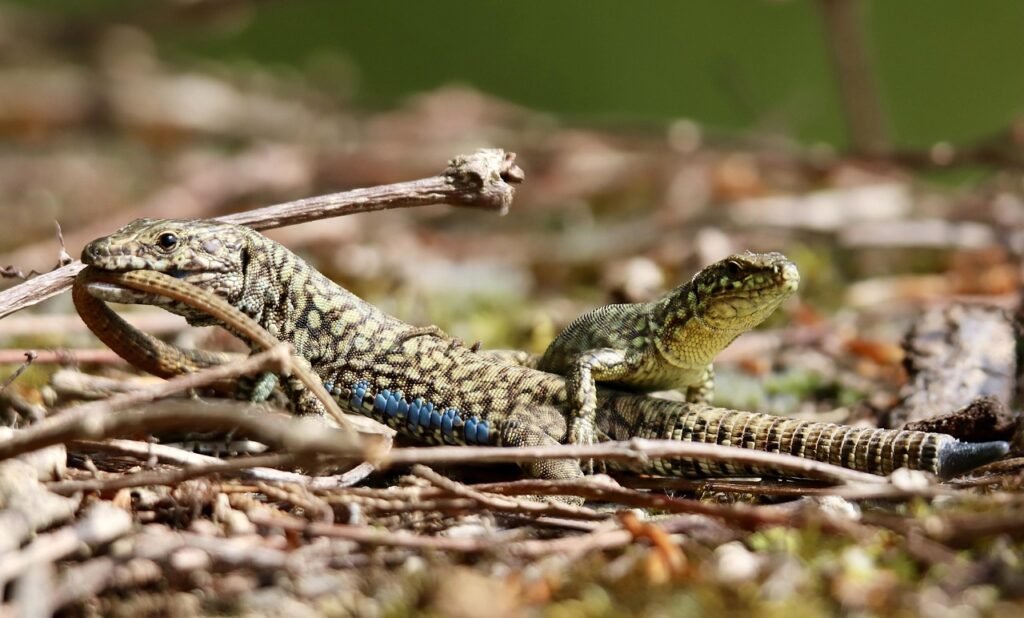Cincinnati’s streets are teeming with thousands of small, scaly residents—common wall lizards, also known as Lazarus lizards. These non-native reptiles have adapted remarkably well to Ohio’s environment, multiplying rapidly, growing larger, and becoming faster.
While they may seem like just another quirky part of the city’s urban wildlife, these lizards have an unusual origin story that began more than 70 years ago—and they’re now growing larger than ever.
From Italy to Ohio: An Unlikely Journey

Despite being a familiar sight in Cincinnati today, the Lazarus lizard is not native to the U.S. It’s an invasive species originally from the sunny stone walls of northern Italy. The reptiles were first introduced to Ohio in 1951, thanks to a bold—and now legendary—act by then 10-year-old George Rau Jr.
According to historical accounts, Rau Jr. and his stepfather Fred Lazarus Jr.—founder of the Lazarus department store, which later became Macy’s—returned from a family trip to Lake Garda, Italy, with ten live lizards in tow. Once home, Rau Jr. released them into his backyard in the Cincinnati suburb of East Walnut Hills.
It wasn’t until decades later, in 1989, that Rau Jr. confirmed the tale to local media and the Cincinnati Museum of Natural History, solidifying a story that had long been part of local lore.
Thriving in the Queen City

Since their unconventional release, the lizards have not only survived—they’ve thrived. According to National Geographic, they now number in the tens of thousands, possibly even hundreds of thousands. The Ohio Division of Wildlife classifies them as “permanent residents” of the city, especially in neighborhoods with warm microclimates and plenty of sunlit stone walls.
What’s more surprising is that these reptiles appear to be getting bigger. While still relatively small compared to other lizard species, some individuals now reach sizes beyond what scientists expected based on their native habitat. The reasons for this growth remain unclear but may be linked to environmental factors, diet, or a lack of natural predators in the region.
A Home Away From Home
Although Italy and Ohio are separated by thousands of miles, their climates are surprisingly similar, differing by only a few degrees, according to National Geographic.
“Cincinnati is extremely hilly, and a lot of the old neighborhoods have stacked-rock retaining walls,” says Jeffrey Davis, a herpetologist who has been monitoring them since the early 2000s. These structures offer countless nooks and crevices for the lizards to shelter and thrive.
In the same article, National Geographic reports that in some neighborhoods, as many as 1,500 lizards occupy a single acre—far more than their typical density in Europe. This boom is attributed in part to the reduced presence of natural predators and parasites. Even the Torrence Court neighborhood, where Rau Jr. first released them, remains a lizard hotspot.
An Urban Wildlife Curiosity

While invasive species are often associated with ecological disruption, the Lazarus lizard seems to coexist relatively peacefully in its adopted home—so far. Biologists continue to monitor their spread and study their impact on local ecosystems, though no major threats have been identified.
For Cincinnati residents, the lizards have become a charming symbol of urban biodiversity—and a living reminder of one child’s curious decision that changed the city’s ecological landscape.






